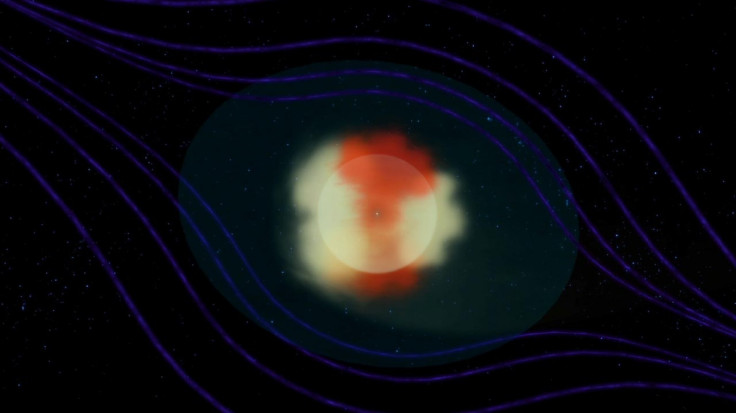NASA Proves The Solar System Has A Tail, Shaped Like A ‘Four-Leaf Clover’ [PHOTO]
NASA has discovered the first evidence the solar system has a tail. Scientists assumed there was a tail, but this was the first observation of it and its structure.
NASA was able to observe the solar system’s tail, called a heliotail, by combining three years of data collected by the Interstellar Boundary Explorer, IBEX. NASA’s IBEX is a small satellite tasked with studying the boundary between our solar system and the interstellar space, the space not occupied by stars or planets, of the Milky Way galaxy. The discovery was published in the Astrophysical Journal.
Many space objects have tails, such as stars and comets, NASA notes, that could be observed using a telescope, but observing the tail produced by the sun proved difficult. The material making up the tail and the heliosphere, the space in the solar system that is affected by the sun, do not shine nor reflect light and cannot be picked up by telescopes. Lead author David McComas, IBEX principal investigator at Southwest Research Institute in San Antonio, said IBEX was able to image neutral particles, which allowed for the observation of the solar system’s tail.
IBEX can take images of these neutral particles, particles that have no electric charge and are created by collisions at the boundary of the solar system, through energetic neutral atom imaging, NASA reports. Many models have suggested the heliotail might look like this or like that, but we have had no observations. We always drew pictures where the tail of the solar system just trailed off the page, since we couldn't even speculate about what it really looked like,” McComas said. The neutral particles are not affected by the solar magnetic field, which means they travel in a straight line allowing IBEX to determine their origin and what is happening at the edge of the solar system.

The tail consists of slow and fast neutral particles in the shape of a four-leaf clover, NASA reports. The slow-moving particles form loops to the side of the tail’s structure. The fast-moving particles are on top and below of the slow-moving particles. The tail’s structure is due in part to solar winds, faster moving winds at the poles and slower wind from the equator, NASA notes. The solar system’s tail is rotated slightly due to the effect of another galaxy’s magnetic field and the weakened influence of the solar magnetic field.
Future research could determine how long the streams out from the solar system. A video of the solar system's tail, courtesy of NASA, can be viewed below.
© Copyright IBTimes 2024. All rights reserved.






















